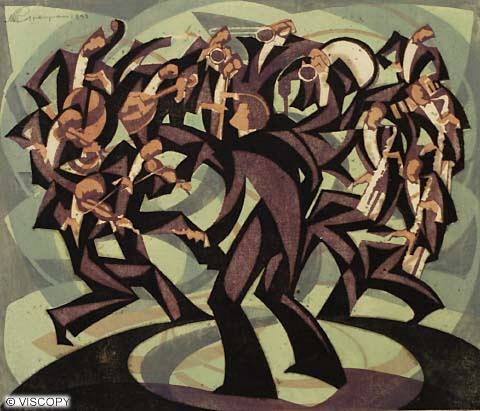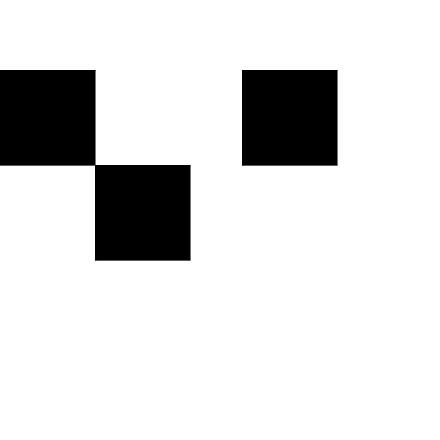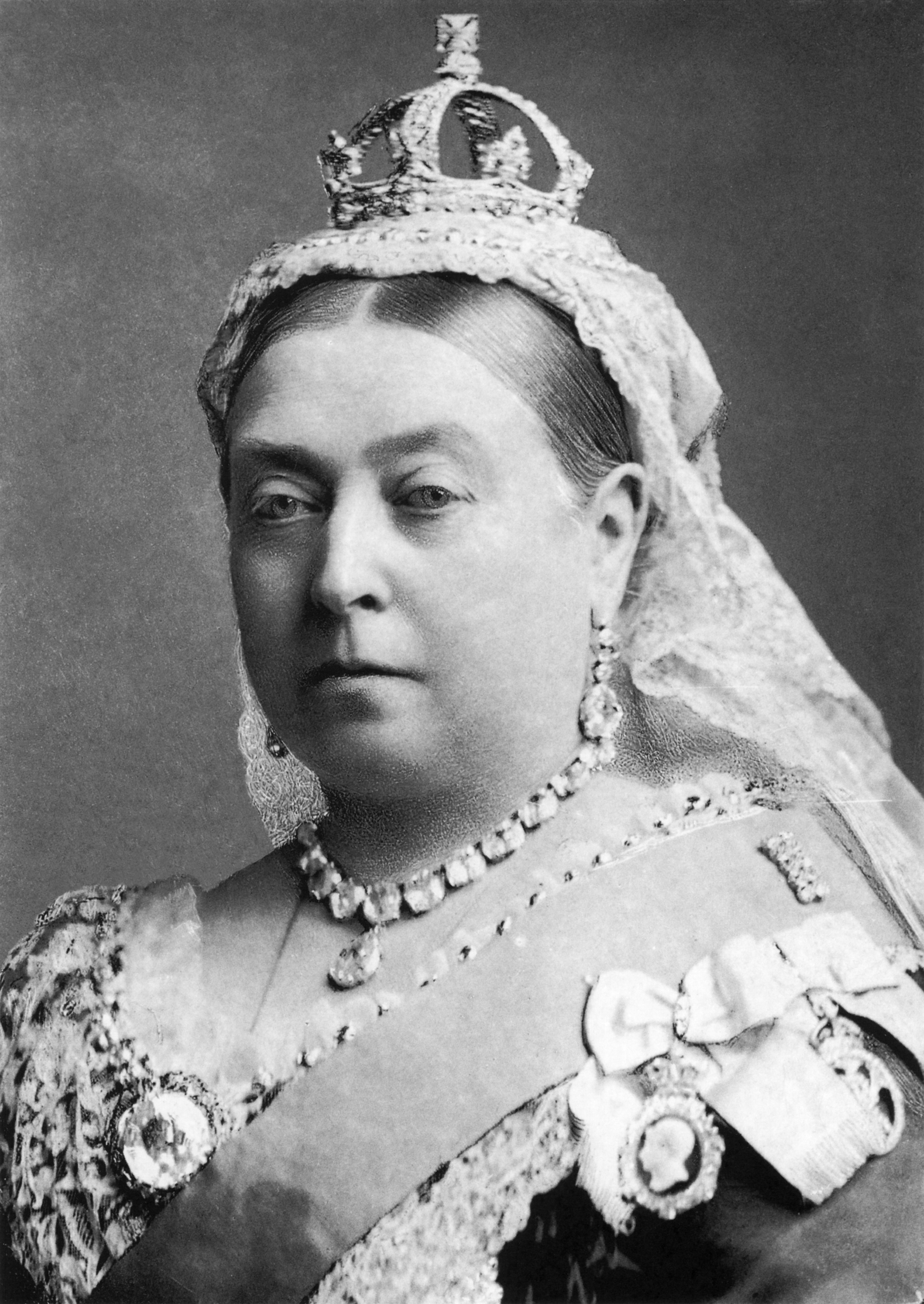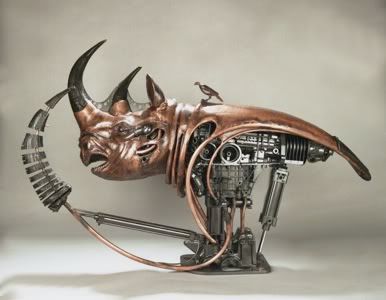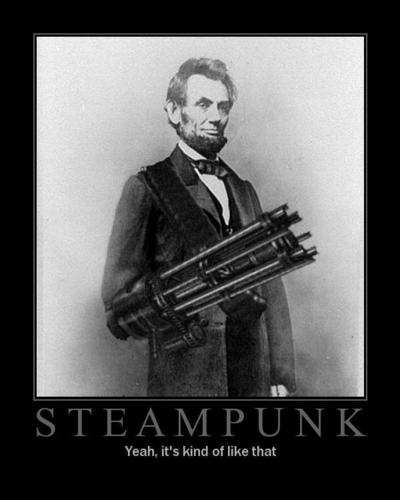A mask is an object normally worn on the face, typically for protection, disguise, performance or entertainment.
There are various types of masks created by various of races for various purposes.
What I have research about:
There are mainly 3 categories for the usage of masks.
1. Masks in performance - widely used to represent the Performing Arts, and specifically Drama.
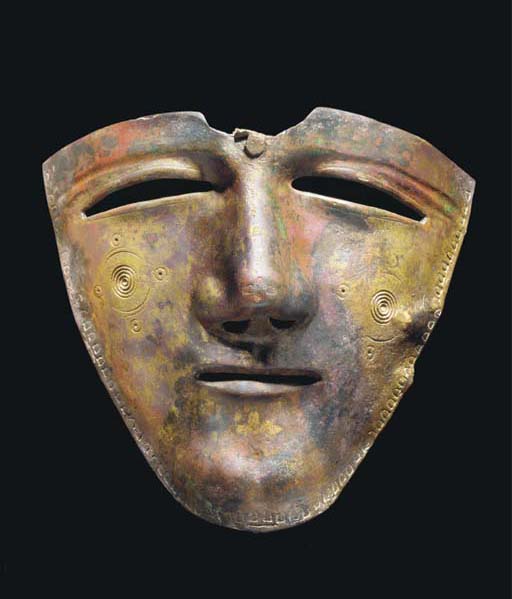 |
| Bronze mask type Kalkriese. [a mask without ears and low hanging hinge on forehead. Probably worn in combination with a Weisenau type of helmet with two cheek pieces.] I like the combination of the colour of the mask. |
Ancient Rome: Masks is referred to an individual who had full Roman citizenship. A citizen could demonstrate his or her lineage through imagines, death masks of the ancestors. Rites of passage, such as initiation of young members of the family, or funerals, were carried out at the shrine under the watch of the ancestral masks. At funerals professional actors would wear these masks to perform deeds of the lives of the ancestors, thus linking the role of mask as a ritual object and in theatre.
2. Ritual Masks - magical or religious
[disguise a penitent or preside over important ceremonies; they may help mediate with spirits, or offer a protective role to the society who utilise their powers]
There are many races have their own masks. These are among the research that i'm interested in.
Africa: Use masks for religious ceremonies enacted to communicate with spirits and ancestors. Artist who carves holds a respected position in tribal society because of the work that he or she creates, embodying not only complex craft techniques but also spiritual/social and symbolic knowledge. Many African masks represent animals. Some African tribes believe that the animal masks can help them communicate with the spirits who live in forests or open savannas.
It may also indicate a culture's ideal of feminine beauty. The mask name Fang (above) from people of Gabon have highly arched eyebrows, almost almond-shaped eyes and a narrow chin. The raised strip running from both sides of the nose to the ears represent jewellery. The whiteness of the face represent the whiteness and beauty of the spirit world. Only men wear the masks and perform the dances with high stilts despite the masks representing women.
3. Mask in theatre- theatre traditions
[particularly non-western theatre forms. They also continue to be a vital force within contemporary theatre, and their usage takes a variety of forms.]
Middle East: Theatre was initially of a ritual nature, dramatising man's relationship with nature, the gods, and other human beings. It grew out of sacred rites of myths and legends performed by priests and lay actors at fixed times and often in fixed locations.
Folk theatre — mime, mask, puppetry, farce, juggling - had a ritual context in that it was performed at religious or rites of passage such as days of naming, circumcisions, and marriages.
Some 2500 years ago, kings and commoners alike were entertained by dance and mime accompanied by music where the dancers often wore masks.
Other than this there is occupational mask such as GEISHA.
- Traditional Japanese female entertainers who act as hostesses and whose skills include performing various Japanese arts such as classical music, dance and games
- In the early stages of Japanese history, there were female entertainers: saburuko (serving girls) were mostly wandering girls whose families were displaced from struggles in the late 600s.
- By 1800, being a geisha was considered a female occupation (though there are still a handful of male geisha working today).
-The traditional makeup of an a geisha features a thick white base with red lipstick and red and black accents around the eyes and eyebrows.
- It is use to disguise the personalities and work professionally just like clowns.
And there is MIME.
- A theatrical medium or as a performance art or the acting out a story through body motions, without use of speech.
- Miming is to be distinguished from silent comedy, in which the artist is a seamless character in a film or sketch
- Mime is also a popular art form in street theatre and busking.
- Traditionally, these sorts of performances involve the actor/actress wearing tight black and white clothing with white facial makeup.
IN CONCLUSION,
We have choose occupational mask to express our understanding towards mask by.
Reality of the social world made each of us ought to be someone else. Our appearance, hobbies, friends that we are with and of course our personalities.
If we are not one of the major group of people, automatically we will fall into the "alien" category. No one will want to talk to you and being all alone by yourself.
We have choose occupational mask to express our understanding towards mask by.
In order to get rid the loneliness, our main character, Eva tries to fulfill what the social world wants her to be.
A girl who loves traditional art very much is being controlled by her parents. The way that strangers look at her traditional fashion leads her to depress. Eventually she wears a mask and a tradition umbrella to disguise her real personality into a form of geisha.
No one would dare to come close her but here comes Ken, the mime that tries to approach her with his positive personality. Only he sees Eva's loneliness.
What will happen towards the end? watch the clip and find out. :)
Reference:
1. http://en.wikipedia.org/wiki/Mask
2. http://en.wikipedia.org/wiki/Mime
3. http://en.wikipedia.org/wiki/Geisha
4. all pictures retrieved from Google.
Thanks for the hard work of the whole crew! Especially the editing part done by Karen Leong and Erica! :D















